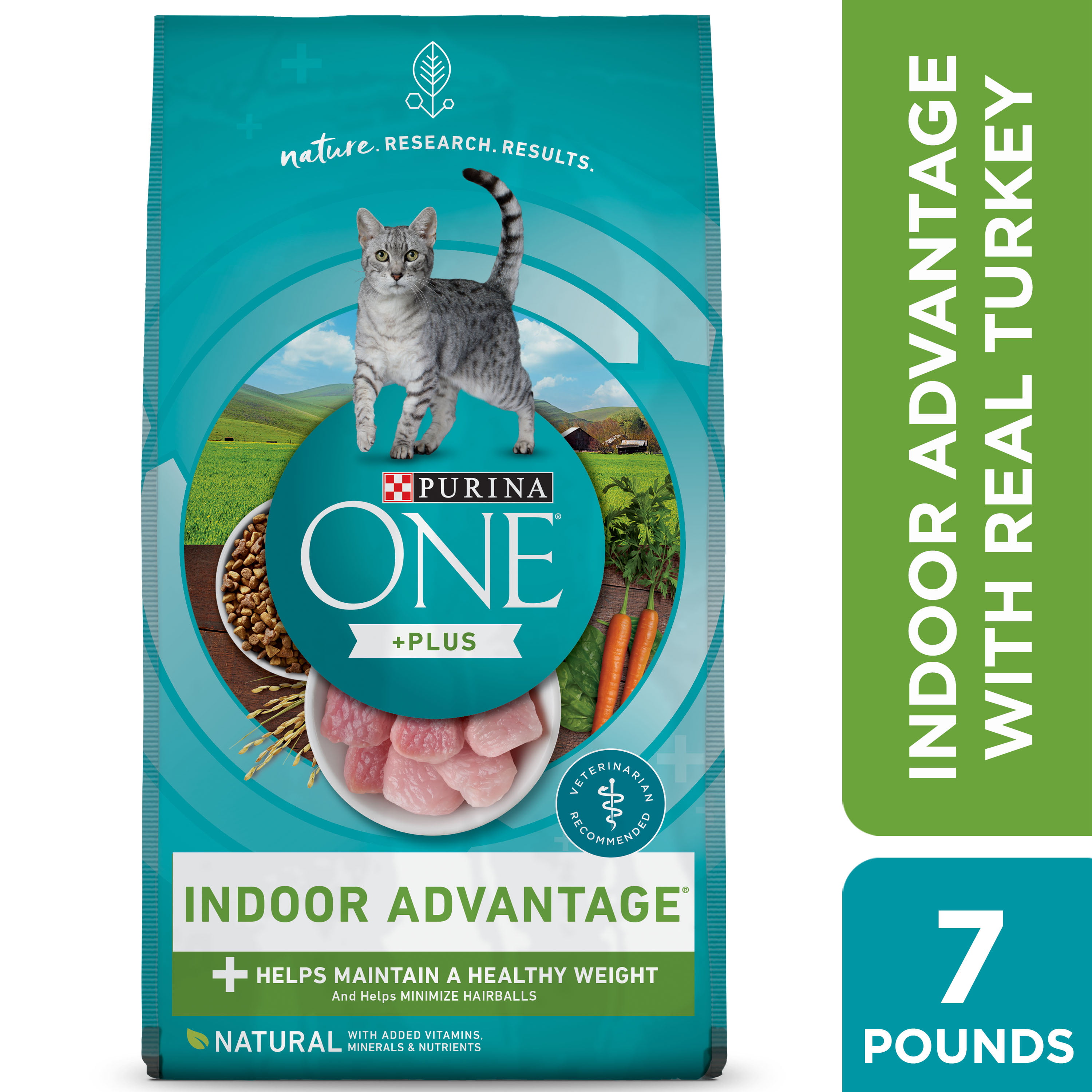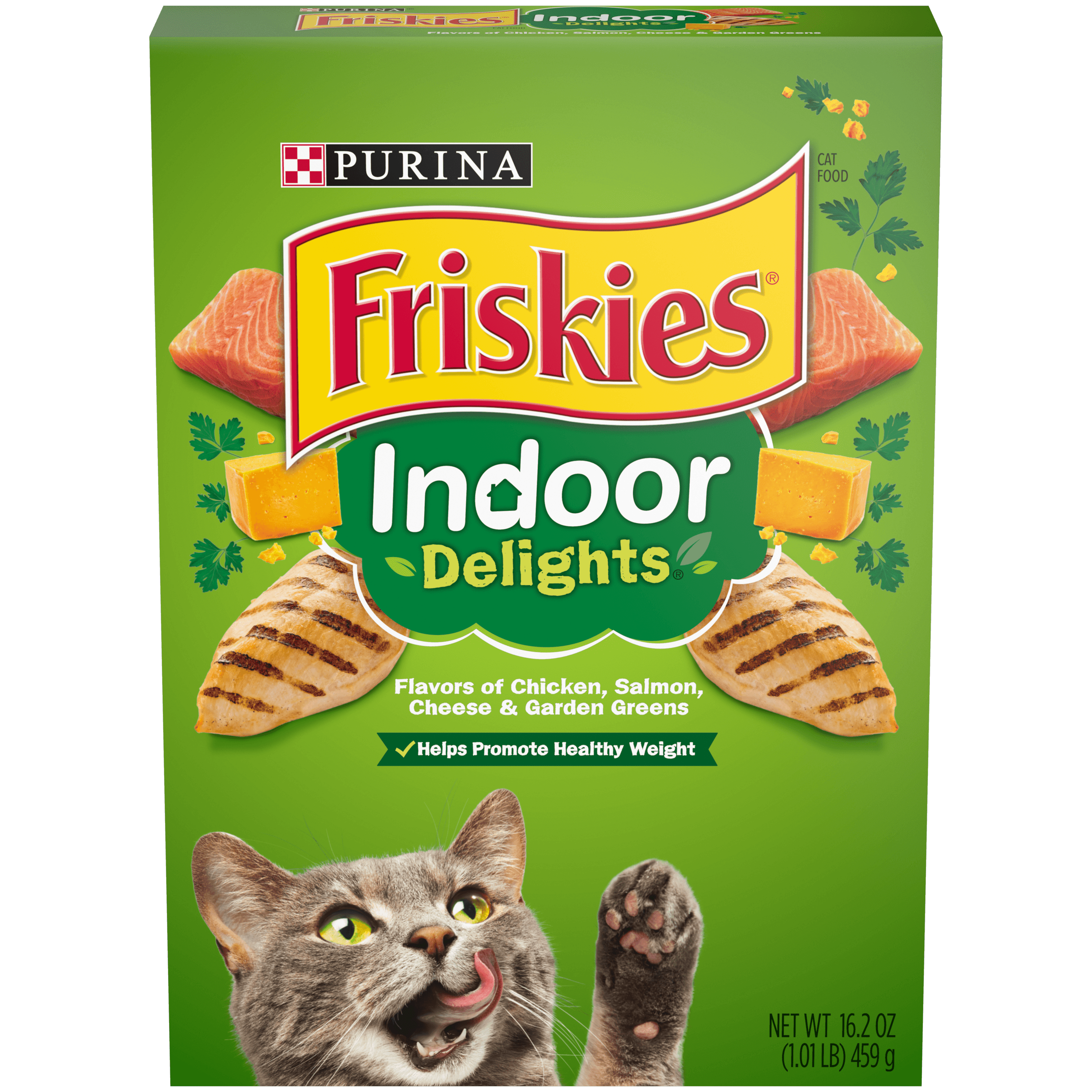In relation to indoor cat meals, understanding the particular dietary wants of our feline companions is paramount. Indoor cats have distinctive dietary necessities in comparison with their outside counterparts, and offering them with the correct meals can considerably impression their well being and well-being.
On this complete information, we’ll delve into the important vitamins required by indoor cats, discover the several types of meals out there, and supply sensible tips about selecting the perfect meals to your cat’s particular person wants.
Dietary Necessities of Indoor Cats

Indoor cats have completely different dietary wants in comparison with outside cats as a result of their restricted exercise ranges and entry to pure prey. Offering a balanced eating regimen tailor-made to their particular necessities is essential for sustaining their well being and well-being.
The next are the important vitamins and their advisable each day consumption for indoor cats:
Protein
- Grownup cats: 26-30% of complete energy
- Kittens: 30-50% of complete energy
Protein is important for constructing and repairing tissues, producing enzymes, and sustaining a wholesome immune system.
Fats
- Grownup cats: 9-15% of complete energy
- Kittens: 15-20% of complete energy
Fats gives power, helps mind perform, and aids within the absorption of fat-soluble nutritional vitamins.
Carbohydrates
- Grownup cats: 0-5% of complete energy
- Kittens: 5-10% of complete energy
Carbohydrates present power and fiber for digestion.
Nutritional vitamins and Minerals
- Vitamin A: Important for imaginative and prescient and immune perform
- Vitamin D: Aids in calcium absorption and bone well being
- Vitamin E: An antioxidant that protects cells from injury
- Calcium: Important for bone and tooth well being
- Phosphorus: Works with calcium for bone well being
Dietary deficiencies in indoor cats can result in numerous well being issues, together with weight problems, urinary tract points, and pores and skin situations.
Varieties of Indoor Cat Meals
The kind of meals you select to your indoor cat will depend upon a number of components, together with their age, well being, and exercise stage. There are three primary forms of cat meals: dry meals, moist meals, and specialty diets.
Dry meals is the preferred kind of cat meals. It’s constituted of quite a lot of elements, together with meat, grains, and greens. Dry meals is usually cheaper than moist meals and is less complicated to retailer.
Moist Meals
Moist meals is constituted of the next share of meat than dry meals. It is usually extra palatable for some cats. Moist meals is dearer than dry meals and could be harder to retailer.
Specialty Diets
Specialty diets are designed for cats with particular well being situations. These diets could also be hypoallergenic, grain-free, or low-calorie. Specialty diets are sometimes dearer than common cat meals.
| Sort | Components | Texture | Goal Age Teams | Well-liked Manufacturers | Key Options |
|---|---|---|---|---|---|
| Dry Meals | Meat, grains, greens | Arduous kibble | All ages | Purina, Iams, Royal Canin | Handy, inexpensive, helps dental well being |
| Moist Meals | Meat, water, gravy | Gentle and moist | All ages | Fancy Feast, Sheba, Friskies | Palatable, excessive moisture content material, gives hydration |
| Hypoallergenic Weight-reduction plan | Restricted elements, no widespread allergens | Varies | Cats with allergy symptoms | Hill’s Science Weight-reduction plan, Royal Canin | Reduces allergic reactions, helps pores and skin and digestive well being |
| Grain-Free Weight-reduction plan | No grains, excessive protein content material | Varies | Cats with grain sensitivities | Blue Buffalo, Style of the Wild | Helps digestion, reduces irritation |
| Low-Calorie Weight-reduction plan | Lowered energy, excessive fiber content material | Varies | Chubby or overweight cats | Purina Professional Plan, Hill’s Science Weight-reduction plan | Manages weight, helps joint well being |
Components to Contemplate When Selecting Indoor Cat Meals
When choosing indoor cat meals, a number of key components needs to be thought-about to make sure that your feline companion receives the optimum vitamin for his or her particular wants.
Age and Exercise Stage
The age and exercise stage of your cat play an important function in figuring out the suitable calorie consumption and dietary composition of their meals. Kittens and extremely lively cats require larger calorie diets to help their progress and power expenditure, whereas older and fewer lively cats might profit from lower-calorie meals to forestall weight acquire.
Well being Circumstances and Allergy symptoms
In case your cat has any particular well being situations or allergy symptoms, it’s important to decide on a meals that’s tailor-made to their dietary wants. For instance, cats with urinary tract points might require a meals that’s low in magnesium, whereas cats with meals allergy symptoms may have a hypoallergenic eating regimen.
Consulting together with your veterinarian will help you establish the perfect meals choices to your cat’s particular well being considerations.
Calorie Necessities, Indoor cat meals
Figuring out the suitable calorie consumption to your cat is essential for sustaining a wholesome weight. The advisable each day calorie consumption varies relying on the cat’s age, exercise stage, and general well being. Overfeeding can result in weight problems and related well being issues, whereas underfeeding may end up in malnutrition.
Consult with the feeding tips on the cat meals packaging or seek the advice of together with your veterinarian for personalised calorie suggestions.
Palatability and Preferences
Cats are identified for his or her discerning palates, so you will need to select a meals that your cat enjoys consuming. Contemplate the flavors, textures, and elements that your cat prefers. Providing quite a lot of meals choices will help be certain that your cat is getting the vitamins they want whereas additionally satisfying their style buds.
Transitioning Indoor Cats to New Meals

Introducing a brand new meals to your indoor cat generally is a delicate course of. To make sure a easy transition, comply with these steps and take note of your cat’s reactions.
Step-by-Step Information
- Begin by mixing 25% of the brand new meals with 75% of the outdated meals.Steadily improve the proportion of latest meals over 7-10 days.
- Monitor your cat’s conduct and urge for food.Look ahead to any indicators of digestive upset, equivalent to vomiting, diarrhea, or decreased urge for food.
- In case your cat experiences any adversarial reactions, cease the transition and seek the advice of your veterinarian.
- As soon as your cat has totally transitioned to the brand new meals, proceed to observe their well being and well-being.
Suggestions for a Stress-Free Transition
- Make the change progressively.Keep away from sudden adjustments in eating regimen, as this may upset your cat’s digestive system.
- Combine the brand new and outdated meals totally.This helps your cat get used to the brand new taste and texture.
- Provide the brand new meals in a separate bowl.This permits your cat to decide on after they wish to strive it.
- Be affected person and do not power your cat to eat the brand new meals.In the event that they resist, strive once more later.
Storing and Dealing with Indoor Cat Meals

To keep up the freshness and high quality of indoor cat meals, correct storage and dealing with strategies are important. Understanding the optimum storage situations and following advisable practices will assist forestall spoilage, contamination, and guarantee your cat’s meals stays nutritious and palatable.
Optimum Storage Circumstances
Indoor cat meals needs to be saved in a cool, dry place away from direct daylight. The perfect temperature vary is between 50°F (10°C) and 70°F (21°C). Larger temperatures can speed up the breakdown of vitamins and fat, whereas decrease temperatures could make the meals much less palatable.
Humidity ranges needs to be stored beneath 60% to forestall moisture absorption and clumping.
Beneficial Shelf Life
The shelf lifetime of indoor cat meals varies relying on the kind of meals and packaging. Dry meals sometimes has an extended shelf lifetime of 12-18 months when saved unopened in its unique packaging. As soon as opened, it needs to be consumed inside 6-8 weeks.
Moist meals has a shorter shelf lifetime of 3-5 days after opening and needs to be refrigerated.
Stopping Spoilage and Contamination
- Hold meals containers tightly sealed after every use to forestall moisture and air publicity.
- Keep away from touching the meals with moist or soiled arms or utensils to forestall contamination.
- Don’t retailer meals in direct daylight or close to warmth sources, as this may speed up spoilage.
- Discard any uneaten moist meals after 24 hours to forestall bacterial progress.
- Frequently clear and disinfect meals bowls and storage containers to forestall the buildup of micro organism.
Portion Management and Feeding Frequency
Figuring out the suitable portion dimension and feeding frequency to your indoor cat is essential for sustaining their well being and well-being. Overfeeding can result in weight problems and associated well being points, whereas underfeeding may end up in malnutrition and power deficiency.
The perfect portion dimension and feeding frequency fluctuate primarily based on a number of components, together with the cat’s age, weight, exercise stage, and particular person metabolism. The next desk gives normal tips:
Portion Management and Feeding Frequency for Indoor Cats
| Age | Weight | Exercise Stage | Portion Measurement | Feeding Frequency |
|---|---|---|---|---|
| Kitten (2-6 months) | 2-5 lbs | Excessive | 1/4 cup | 3-4 instances per day |
Grownup (6 months
|
8-11 lbs | Average | 1/2 cup | 2-3 instances per day |
| Senior (7+ years) | 10-12 lbs | Low | 1/3 cup | 2 instances per day |
These tips are simply a place to begin. Regulate the portion dimension and feeding frequency as wanted primarily based in your cat’s particular person wants. Monitor your cat’s weight and physique situation usually to make sure they’re sustaining a wholesome weight.
Penalties of Overfeeding and Underfeeding
Overfeeding:Overfeeding can result in weight problems, which will increase the danger of a number of well being issues, together with diabetes, coronary heart illness, and arthritis. Overweight cats are additionally extra prone to be sedentary, which additional exacerbates their well being points.
Underfeeding:Underfeeding may end up in malnutrition, which might trigger quite a lot of well being issues, together with stunted progress, poor coat situation, and weakened immune system. Underfed cats might also be extra liable to lethargy and behavioral issues.
FAQ Part
What are the important thing dietary variations between indoor and outside cats?
Indoor cats usually have decrease power necessities and could also be extra liable to weight acquire in comparison with outside cats.
How usually ought to I feed my indoor cat?
The advisable feeding frequency for indoor cats is twice a day, with portion sizes adjusted primarily based on their age, weight, and exercise stage.
What are some indicators that my cat might have a meals allergy?
Widespread indicators of meals allergy symptoms in cats embrace itchy pores and skin, digestive points, and respiratory issues.




